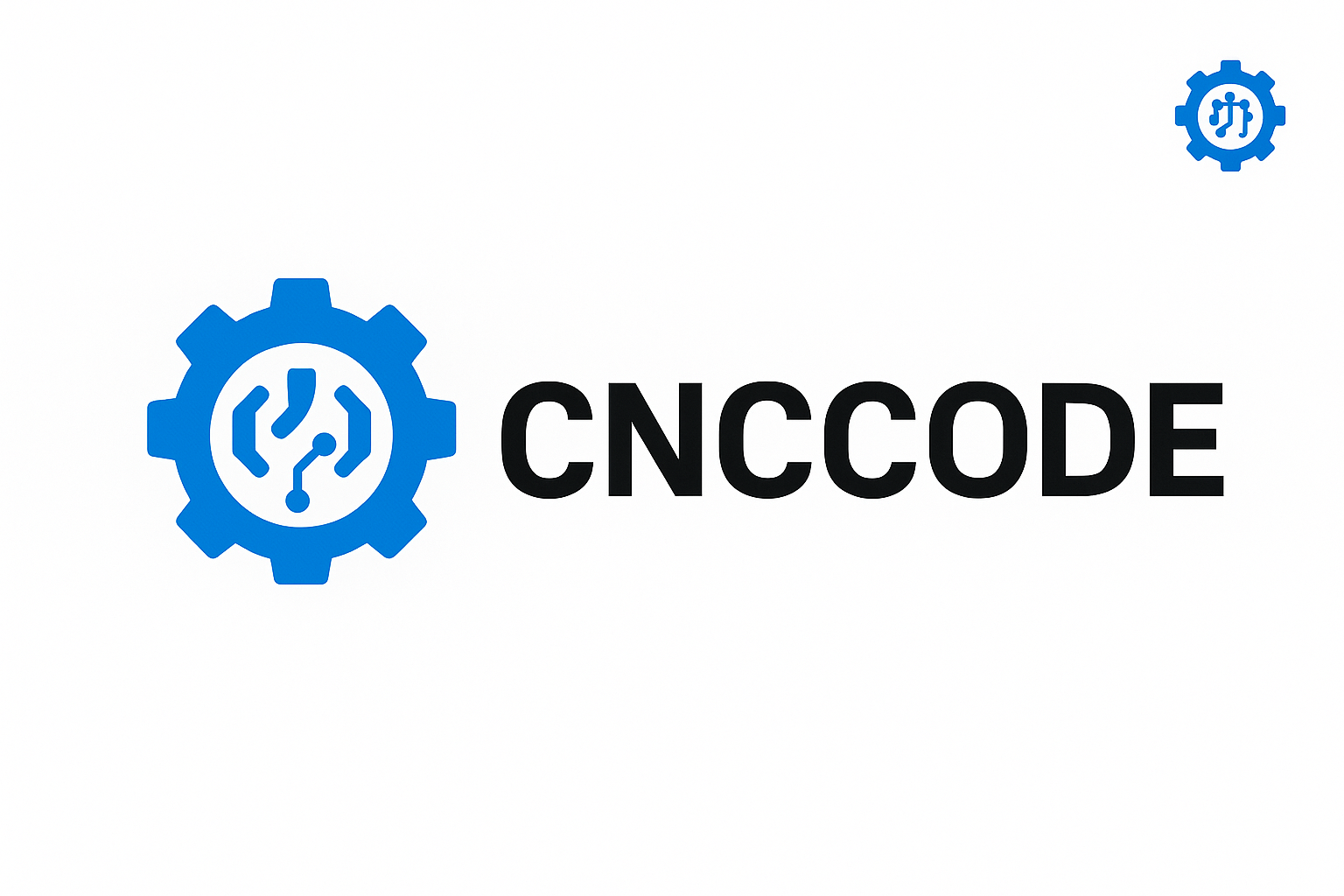Choosing materials and tooling depends on your project’s requirements (strength, finish, production volume) and the machine’s capabilities. Here are guidelines:
-
Material selection:
-
Metals: Aluminum is popular for prototypes and structural parts due to its workability. Steel (alloy or stainless) is used for durability; it requires slower feeds and carbide tooling. Brass and copper machine well for decorative parts. Plastics (like Delrin, ABS, acrylic) are easy on tools but require sharp cutters to avoid melting. Wood (oak, MDF, plywood) and composite boards are common for furniture and signage; they need high-speed spindles and dust collection. Always consider material hardness and thickness when picking tooling.
-
Tooling materials: High-speed steel (HSS) bits are cheaper and fine for wood or soft plastics. Carbide tooling is stiffer and stays sharp longer, ideal for metals and high-speed cuts. For abrasive materials or production runs, coated carbide (TiN, TiAlN) improves tool life.
-
-
Tool selection:
-
End mills: Standard flat end mills can cut pockets and slots. Ball-nose end mills (round tip) are used for 3D contours and smooth finishing. For 3D carvings or molds, ball-nose or tapered end mills create smooth curves.
-
Number of flutes: More flutes (2-4 for wood/plastic, 4-6+ for metal) allow higher feed rates because more cutting edges share the load. But fewer flutes (2 or 3) clear chips better in deep cuts or soft materials.
-
Specialty bits: Down-cut or compression router bits are used on wood laminates to reduce chipping on top and bottom. Thread milling cutters or taps are needed to create internal threads. Carbide-tipped router bits are common for extensive wood cutting.
-
-
Cutting parameters: Once you pick a tool, use the manufacturer’s recommended feeds/speeds. For example, smaller diameter tools need higher RPM (and often slower feed). A general rule: harder material → slower speed, shallower cut; softer material → faster feed, deeper cut.
-
Clamping and caution: Some materials (like thin sheet metal) may require a spoilboard or tabs to avoid deformation. Soft materials (wood, plastic) should be clamped lightly or double-sided taped to avoid cracking. For brittle materials (resin, glass-filled plastic), use slower feeds to prevent chipping.
-
Project examples: Cutting aluminum: choose a 2-4 flute carbide end mill, use flood coolant or mist, moderate RPM (3–8k RPM depending on tool) and feed per tooth ~0.01–0.05 mm for carbide. Cutting hardwood: use a 2-flute upcut bit at higher RPM (15k+) with a feed that produces large curly chips (fast feed). Engraving acrylic: use a sharp single-flute bit at high speed to avoid melting, and use air blast to clear chips.
By matching the tool material and geometry to the work material, you get cleaner cuts and longer tool life. Keep a variety of tool sizes and flute counts available, and always verify your cutting strategy on scrap if machining a new material. Proper tooling choice is just as crucial as the CNC program itself for achieving successful machining results.
